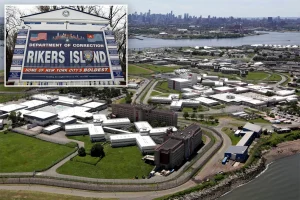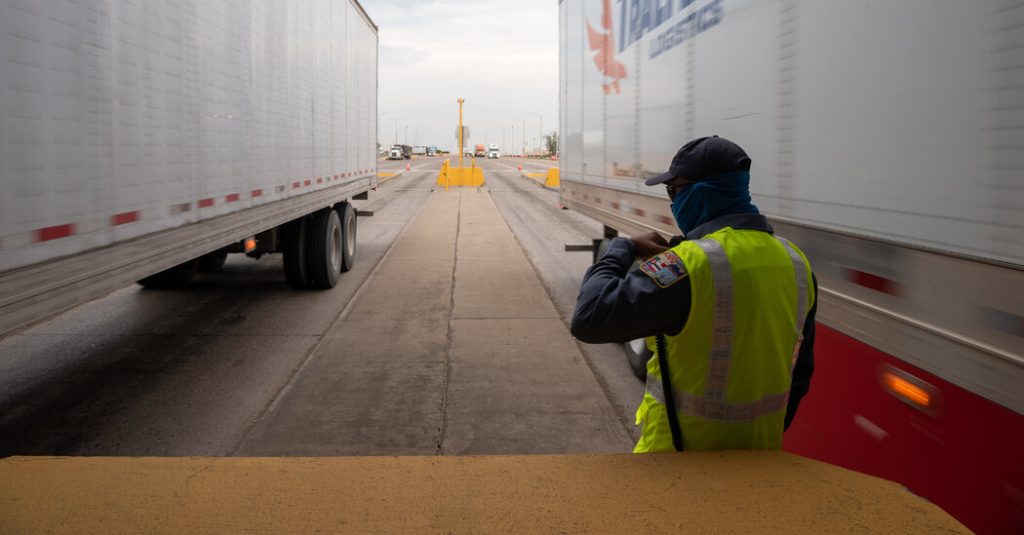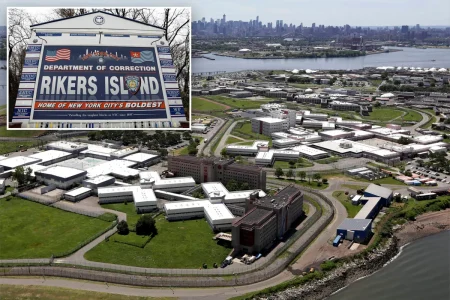Dennis Nixon, a longtime banker in Laredo, Texas, has witnessed the dramatic transformation of the U.S.-Mexico border from a quiet crossing to a bustling hub of commerce. Nearly a billion dollars in goods and over 15,000 trucks traverse the border daily, a testament to the deep economic integration forged over three decades under NAFTA, now the USMCA. This interconnectedness, Mr. Nixon argues, has created an intricate web of dependencies that are difficult to unravel, a point brought into sharp focus by the looming threat of tariffs. Former President Trump’s proposed 25% tariffs on Mexican goods, intended to pressure Mexico on immigration issues, risk disrupting this carefully constructed economic ecosystem. These tariffs, coupled with proposed levies on Canada and China, reflect Mr. Trump’s long-standing skepticism of free trade agreements and his focus on bolstering domestic industries and border security.
The rationale behind the tariffs extends beyond immigration concerns. Mr. Trump and his supporters perceive Mexico as an economic competitor, particularly in the automotive and steel sectors. They argue that imports from Mexico undermine American manufacturers and that the USMCA, despite being a Trump-negotiated agreement, requires revisions or even termination. However, many businesses counter that the U.S.-Mexico economic relationship is far more intertwined than commonly recognized. They point to the complex network of business ties, trade flows, tourism, family connections, remittances, and shared cultural elements, arguing that policies aimed at decoupling the two economies would inflict significant pain on both sides. Juan Carlos Rodríguez, a managing director at Cushman & Wakefield in Tijuana, underscores this interdependence, stating that decoupling would take decades and have a catastrophic impact on Mexico.
Mexico’s reliance on trade with the United States has deep historical roots, dating back to the 1960s when manufacturers began establishing factories across the border in response to rising labor costs in the U.S. and Japan. NAFTA, implemented in 1994, significantly accelerated this trend. While some parts of the U.S. benefited from the increased trade and economic activity generated by NAFTA, others, particularly in the industrial Northwest, suffered job losses as manufacturers relocated to Mexico, fueling a backlash against free trade agreements and contributing to the rise of politicians like Mr. Trump. Peter Navarro, a former Trump advisor, labels NAFTA a catastrophe for both countries, though he acknowledges that the negative effects were overshadowed by the even more detrimental impact of trade with China.
Despite his previous threats to withdraw from NAFTA, Mr. Trump ultimately opted for renegotiation, resulting in the USMCA. While this agreement incorporated provisions aimed at strengthening U.S. steel and auto manufacturing, some critics argue that these measures haven’t been effective. Paradoxically, Mexico’s importance to the U.S. economy has actually grown since Mr. Trump’s first term, fueled by the COVID-19 pandemic and the resulting push for “nearshoring.” Companies, already seeking alternatives to China due to rising costs, political risks, and Trump’s tariffs, turned to Mexico, attracted by its lower labor costs and proximity to the U.S. market. This trend propelled Mexico to become the U.S.’s top trading partner in goods in 2023, which also led to an increase in the bilateral trade deficit, a metric Mr. Trump closely monitors.
While American consumers remain heavily reliant on imported goods, the economic implications of imports from Mexico differ significantly from those originating in China. This distinction stems from the highly integrated North American supply chains. Products like cars, electronics, and clothing are frequently exchanged between the U.S., Mexico, and Canada at various stages of production, from raw materials to finished goods. Data from S&P Global reveals that over 18% of the value of U.S. imports from Canada and Mexico was initially created in the U.S., highlighting the deep interconnectedness of the three economies. This proximity also generates additional benefits, such as increased employment in border regions like El Paso, Texas, as a result of increased factory output in Ciudad Juárez, Mexico, according to research from the Federal Reserve Bank of Dallas. Diego Solórzano, founder of a supply chain consulting firm, emphasizes that the U.S.-Mexico border, often viewed through the lens of walls and illegal crossings, is in reality a powerful economic corridor, facilitating the movement of approximately $800 billion worth of goods annually.
The energy and agricultural sectors further exemplify the intertwined nature of the two economies. Mexico depends heavily on the U.S. for natural gas, while the U.S. imports significant quantities of crude oil from Mexico. Tariffs on these energy flows could lead to fuel price increases. Similarly, Mexico is a crucial supplier of fresh produce to the U.S., particularly during winter months, and is also the top market for American agricultural exports. Bob Hemesath, an Iowa farmer, highlights Mexico’s importance as a buyer of American corn and hogs, arguing that tariffs would disrupt these trade flows and harm American farmers. He questions the efficacy of using tariffs as a negotiating tool, pointing out the potential for unintended negative consequences. However, some Trump officials like Mr. Navarro argue that corn exports under NAFTA led to job displacement in the Mexican agricultural sector, contributing to illegal immigration into the U.S.
Beyond the headline issues of immigration and trade deficits, other tensions exist within the U.S.-Mexico relationship. Some critics accuse Mexico of violating agreements limiting steel exports to the U.S., while the Mexican steel industry counters with its own accusations of unfair trade practices. Growing concerns surround Mexico’s increasing trade with China, particularly in the auto sector, with fears that Chinese companies might use Mexico as a backdoor to access the U.S. market at lower tariff rates. While acknowledging the potential for this, some business owners argue that the U.S. and Mexico should collaborate to address the challenge posed by Chinese imports, rather than resorting to tariffs that could damage their bilateral trade relationship. They advocate for targeted measures to prevent China from circumventing tariffs through Mexico, while preserving the crucial economic ties between the U.S. and its southern neighbor.











